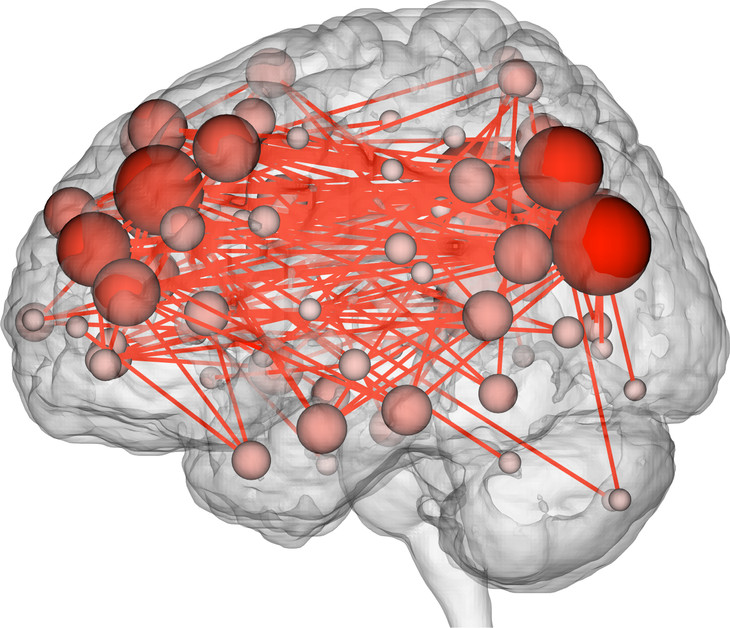
Roger Beaty, assistant professor of psychology and director of the Cognitive Neuroscience of Creativity Lab in the Penn State Department of Psychology, has received a $1.1 million grant from the National Science Foundation (NSF) along with co-investigators from two other institutions to collaborate on a project aimed at understanding and measuring creativity in the context of science.
Titled “Measuring and Enhancing Scientific Creative Thinking for STEM [science, technology, engineering and mathematics] Education and Research: Classroom-Aligned Assessment and Network Neuroscience-Based Mechanisms,” the project will develop an assessment tool to measure aspects of scientific creative thinking — hypothesis generation, research question generation, and experimental design — and use functional magnetic resonance imaging (fMRI) technology to observe blood flow to different areas of the brain in research subjects.
In addition to Beaty, the project team includes Adam Green, associate professor in the Department of Psychology at Georgetown University and president of the Society of the Neuroscience of Creative Thinking; and Mariale Hardiman, vice dean of academic affairs at the Johns Hopkins School of Education. Beaty and Green will focus on using brain data to determine if they can predict students’ creative thinking based on their brain connections. Hardiman will assist with developing, evaluating and testing a computer-based assessment tool that can be used by educators from middle school through college.
“I’m interested in the different networks in the brain and their role in creative thinking, but my previous research focused on general rather than scientific creative thinking and problem solving,” Beaty said. “This new project will allow me to translate my research into an important new direction and apply it to different fields of study such as science and engineering. It’s important to know what’s actually working in STEM education, and we’re hoping to develop a tool that allows teachers to determine whether their classroom activities are actually making a difference. The potential to develop a tool that can be widely used in STEM education is really exciting.”
Undergraduate and graduate students at Penn State will take part in the research, both as volunteer research subjects and research assistants.
“We’re planning to scan our research subjects when they first come in and then again 18 months to two years later,” Beaty said. “We are hoping we will be able to estimate whether or not the students will be more creative, though we know we won’t be able to predict with perfect accuracy, since students grow and change. Still, if we can pick up on something that forecasts what will happen down the road, it will be informative.”
“The project itself is an example of creativity at work,” said Melvin Mark, head of the Penn State Department of Psychology. “Dr. Beaty and his colleagues are combining neuroscience techniques with social and behavioral science to examine, measure and foster creating thinking in STEM fields. They are creatively bridging the laboratory and the classroom. The project involves top-flight science that can make an important difference in the world. It is especially impressive to see a new assistant professor taking on a project of this scope.”
“NSF hasn’t funded many projects on creativity in the past, but they are seeing this kind of research as increasingly relevant,” said Beaty. “Studying whether or not we can increase students’ creative potential is important for educators. This kind of work matters in order to advance general science, better understand how creative thinking works, and add value to the information we get from behavior measures in traditional academic assessments such as standardized tests.”